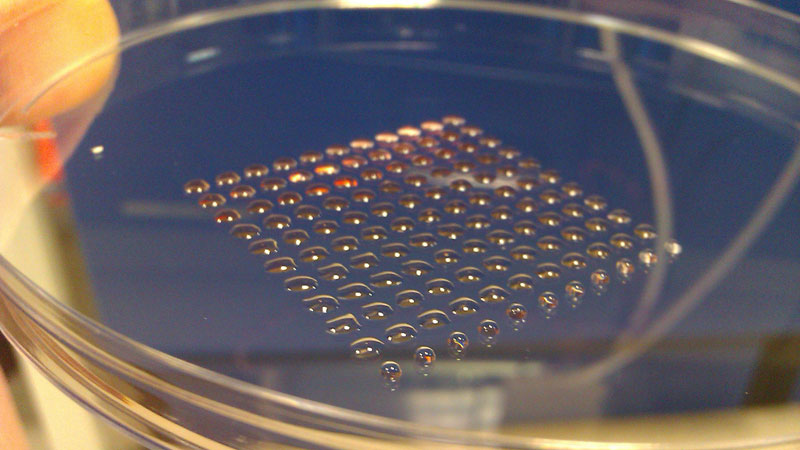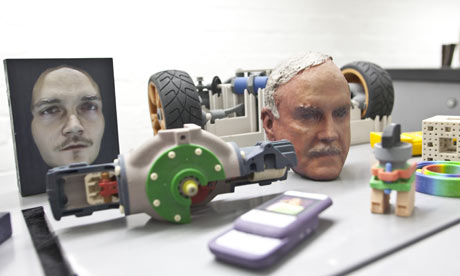[tube]UpH1zhUQY0c[/tube]
If you’ve visited this blog before you know I’m a great fan of 3D printing. Though some uses, such as printing 3D selfies, seem dubious at best. So, when Carbon3D unveiled its fundamentally different, and better, approach to 3D printing I was intrigued. The company uses an approach called continuous liquid interface production (CLIP), which seems to construct objects from a magical ooze. Check out the video — you’ll be enthralled. The future is here.
Learn more about Carbon3D here.
From Wired:
EVEN IF YOU have little interest in 3-D printing, you’re likely to find Carbon3D’s Continuous Liquid Interface Production (CLIP) technology fascinating. Rather than the time-intensive printing of a 3-D object layer by layer like most printers, Carbon3D’s technique works 25 to 100 times faster than what you may have seen before, and looks a bit like Terminator 2‘s liquid metal T-1000 in the process.
CLIP creations grow out of a pool of UV-sensitive resin in a process that’s similar to the way laser 3-D printers work, but at a much faster pace. Instead of the laser used in conventional 3-D printers, CLIP uses an ultraviolet projector on the underside of a resin tray to project an image for how each layer should form. Light shines through an oxygen-permeable window onto the resin, which hardens it. Areas of resin that are exposed to oxygen don’t harden, while those that are cut off form the 3-D printed shape.
In practice, all that physics translates to unprecedented 3-D printing speed. At this week’s TED Conference in Vancouver, Carbon3D CEO and co-founder Dr. Joseph DeSimone demonstrated the printer onstage with a bit of theatrical underselling, wagering that his creation could produce in 10 minutes a geometric ball shape that would take a regular 3-D printer up to 10 hours. The CLIP process churned out the design in a little under 7 minutes.
Read the entire story here.
Video courtesy of Carbon3D.


 The most fundamental innovation tends to happen at the intersection of disciplines. So, what do you get if you cross 3-D printing technology with embryonic stem cell research? Well, you get a device that can print lines of cells with similar functions, such as heart muscle or kidney cells. Welcome to the new world of biofabrication. The science fiction future seems to be ever increasingly close.
The most fundamental innovation tends to happen at the intersection of disciplines. So, what do you get if you cross 3-D printing technology with embryonic stem cell research? Well, you get a device that can print lines of cells with similar functions, such as heart muscle or kidney cells. Welcome to the new world of biofabrication. The science fiction future seems to be ever increasingly close.
 [div class=attrib]From The Guardian:[end-div]
[div class=attrib]From The Guardian:[end-div]